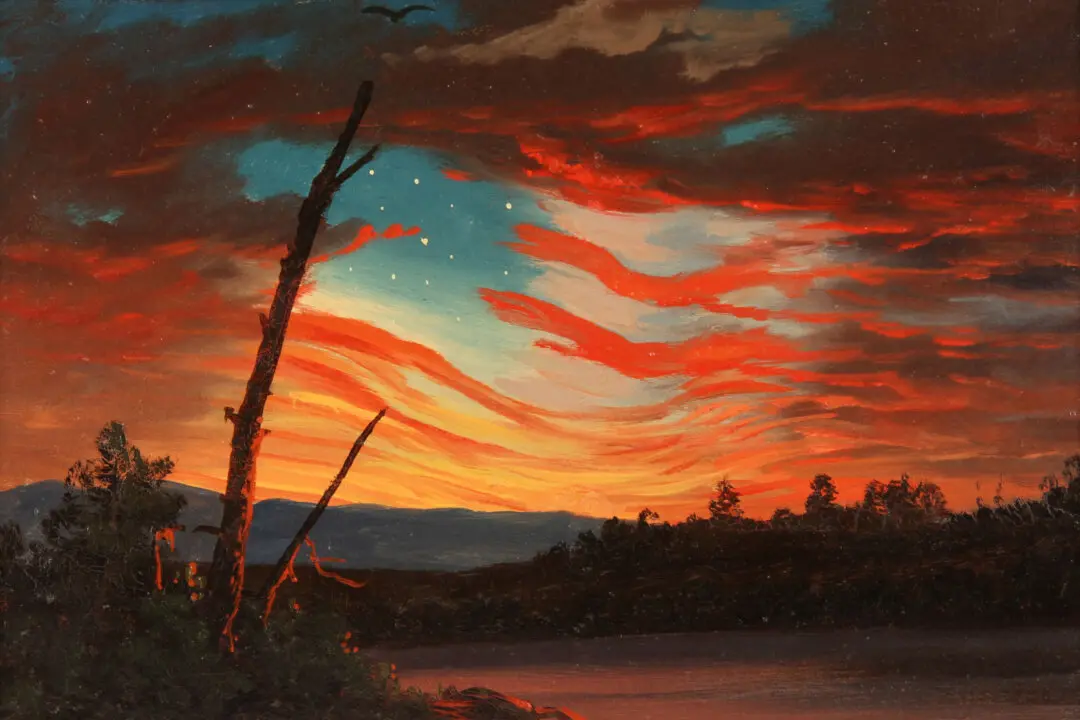“May is pretty, May is mild, Dances like a happy child; Sing out, robin; spring out, flowers; April went with all her showers And the world is green again. ...”
In many lands around the world, the fifth month of the calendar year signals the end of winter and heralds the arrival of summer. The trees sway in warm, sweet breezes, the lawns gown themselves in green, and the very air seems fresh as dawn all day.And those opening lines to Annette Wynne’s poem for children are but one tiny bud in the great garden of literature, the arts, and custom itself that salutes this month.






